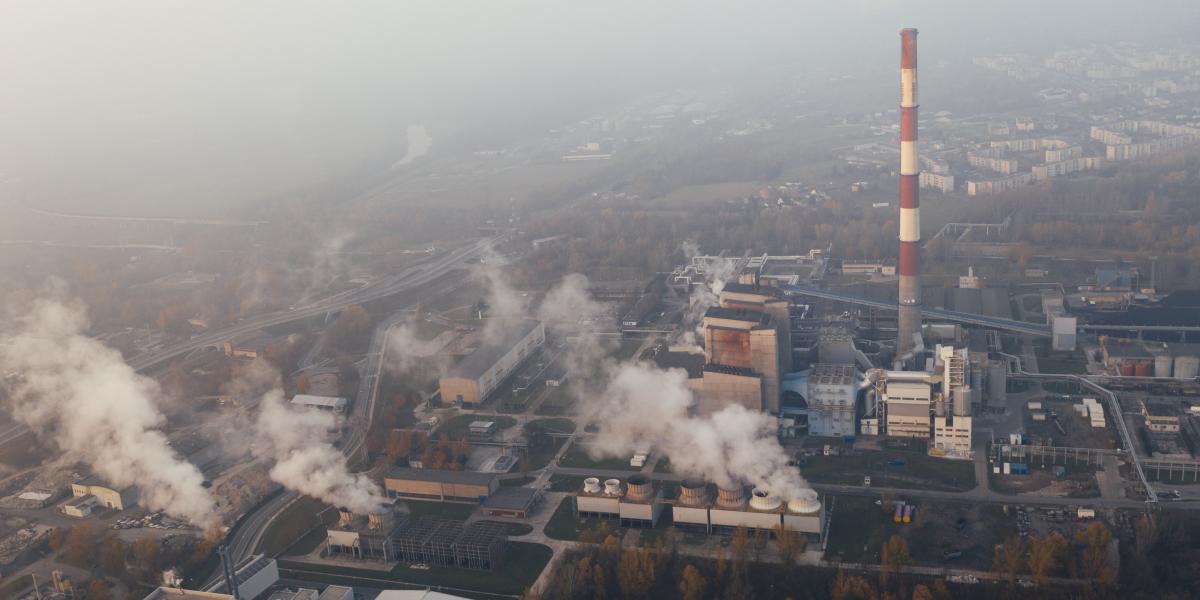
With debates ongoing about how to achieve President Biden’s ambitious climate targets, attention has turned towards an important policy option: carbon pricing, through either a carbon tax or a mandatory cap-and-trade program. In the public discourse, I’ve noticed several misconceptions about carbon pricing that keep surfacing. This blog summarizes what research tells us on these points.
Before I start, let’s quickly review why carbon pricing can be so powerful. Decarbonization is difficult because of the degree in which carbon emissions are embedded in all aspects of modern life - from the lights we turn on, to the cars we drive, to the food we eat - each requiring a different way of cutting emissions (and therefore different costs). An effective climate policy therefore needs not only to affect many emission sources, but to also achieve a greenhouse gas (GHG) target at minimum cost, by inducing more cuts from less costly polluters. Such a policy may sound too good to be true, but that’s exactly what a carbon price is designed to do.
Misconception #1: New tax revenue is the main reason for carbon pricing
Alongside GHG reductions at minimum cost, a carbon price can bring new government revenue. This can be sizable: Jim Stock and Daniel Stuart recently calculated that a $20 per ton carbon price on the power sector alone would bring in $17 billion in revenue while reducing that sector’s GHG emissions by 81% in 2030 relative to 2005. My own paper on the Waxman Markey bill finds that, had it passed, Waxman-Markey’s economy-wide carbon price would have brought in up to $84 billion in revenue in 2021, while reducing GHG emissions by 37% relative to a no-policy scenario (all in 2018$).
With the potential for so much revenue, some climate advocates have been arguing that this revenue, and the GHG reductions it can fund, is the main rationale for a carbon price. That argument misses the point behind a carbon price: the carbon tax itself delivers GHG cuts. When emitting GHGs becomes more costly, polluters do less of it. New government revenue is an added benefit, and it could be spent on further GHG mitigation or climate adaptation, but it need not be.
In fact, the spending priorities from an extra $1 of revenue from a carbon price shouldn’t be any different from the spending priorities from any other tax. If the highest social return to government spending is universal preschool, or paid family leave, or expanded medicare, then revenue from a carbon price should be spent there. In that sense, a carbon price fits perfectly within a budget reconciliation bill. There are a number of spending priorities to be addressed through changes in the Congressional budget. Carbon pricing would directly reduce GHGs and provide revenue to fund those spending priorities. Of course, the carbon price can also be revenue neutral by recycling all the proceeds directly to taxpayers, or to offset other taxes. More on that below.
Misconception #2: Carbon pricing necessarily increases disparities in local pollution exposure
Carbon pricing minimizes the cost of a GHG target by forcing costly polluters to cut more. But that efficiency gain could also have an equity consequence. By shifting where GHGs and the local air pollutants that are co-produced are emitted, carbon pricing alters the spatial distribution of air pollution exposure. Some argue that this necessarily worsens existing inequities in air pollution exposure between disadvantaged and other communities.
As Danae Hernandez-Cortes and I wrote in a previous emLab blog, it can go both ways. A carbon price would widen pollution disparities if more costly polluters are also upwind of disadvantaged communities. However, if these polluters are upwind of other communities, the pollution disparity would narrow. To date, evidence across the U.S. have largely found disparities narrowing following the introduction of pollution pricing (including under California’s carbon price). That’s not to say this will always happen. As a safeguard, policies aimed at minimizing pollution disparities are needed in addition to pollution pricing.
Misconception #3: Carbon pricing is regressive
Carbon pricing forces GHG emitters to pay for their pollution. These emitters may pass this cost onto consumers by raising prices for carbon-intensive goods such as gasoline, electricity, and some food products. Because low income households spend a larger share of their monthly paycheck on energy and food, there is concern that carbon pricing may be regressive, violating President Biden’s promise of not raising taxes on those making less than $400,000.
First, given the existing social policies, it is not a given that a carbon price is regressive. As Larry Goulder, Marc Hafstead, Gilbert Metcalf, and other environmental economists have argued in their research and writing, existing programs that assist low income households with energy and food purchases can dampen price spikes, while local pollution benefits noted above could further favor those households. Additionally, revenue from the carbon price can also be recycled to boost incomes of poorer households. Indeed, in an earlier blog, I wrote about how such a “carbon dividend” provides a nice opportunity to jointly tackle climate change and rising economic inequality.
Second, as public economists like Rob Williams have pointed out, it is not clear that other tax increases being considered wouldn’t also violate the President’s rule. The key thing to remember is that tax burden is not limited to the entity that is directly taxed. For example, a company facing a higher corporate tax rate could pass this cost onto its workers through lower wages or employment.
There are many economic and political complexities and constraints when trying to pass U.S. climate policy. It may very well be that the circumstances of the day end up shelving a U.S. carbon price. If so, I hope it isn’t because of these misconceptions.



